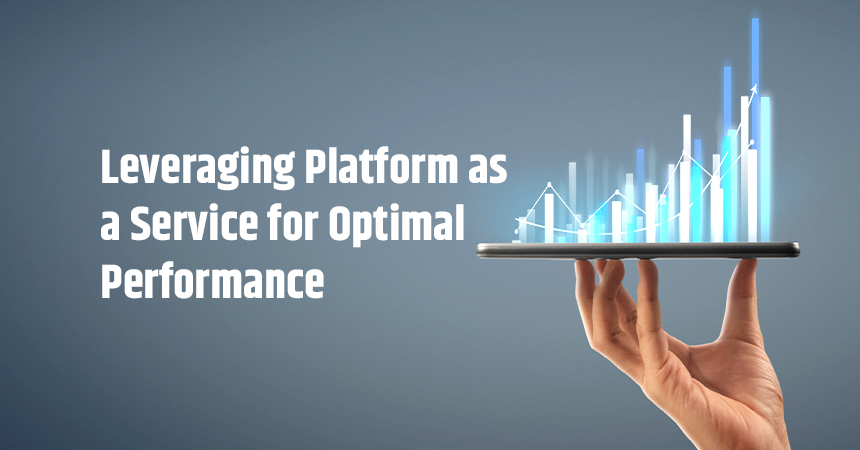Platform as a Service (PaaS) is a comprehensive cloud-based run-time environment that uses virtualization to provide developers with application development. It allows customers to make simple as well as advanced apps. It can be defined in two parts.
- The provider delivers resources via pay as go methods, supporting network connections, and security.
- On the other side, the client manages the services and programs that the provider creates on the platform.
This platform consists of memory, computing, database, storage, and other development services. Additionally, it includes tools for app building and user interface to provide usability. Customers can deploy PaaS in three cloud deployment models: Private cloud, public cloud, and hybrid cloud.
It consists of:
- Physical Infrastructure: It consists of servers, data centers, network equipment, storage, etc.
- Intermediate-Layer Software: It consists of libraries, operating systems, frameworks, languages, and the tools for building apps.
- User Interface: It consists of Command Line Interface (CLI). Graphical User Interface (GUI), both the two interfaces display architecture and the logic of providing usability, deployment machinery, and PaaS’s learnability.
- Also, PaaS resources provide services like business analytics, database management systems, planning, etc.
Before cloud migration, it is essential to identify what is best for you. It can be determined if all the advantages and disadvantages of PaaS are known and well understood. The article further discusses the benefits of PaaS:
- PaaS reduces costs and makes it possible to save by eliminating the need to perform low-level work, pay extra, hire additional personnel, etc.
- It helps organizations reduce hidden, direct, and indirect costs related to managing and building their platform. PaaS is a pay as you use approach, which enables savings in return.
- The efficiency and speed of deployment and development are among the top benefits of PaaS. Along with it, PaaS improves time to market and reduces the development lifecycle.
- PaaS ensures continuous updates since experts perform the component updates regularly and automatically get the security patches. Thus, ensuring that the
- applications are run on the latest stack and saving resources and time while minimizing incompatibility risks and security bottlenecks.
- PaaS provides a default scaling mechanism via the automatic release and allocation of required resources, as per the number of users served by the apps.
- It reduces the time spent on maintenance and setting up the core stack.
- PaaS provides the freedom to customize solutions and offer operational tools to developers to create custom software. It also provides flexibility to work on applications anytime, from anywhere.
Before deciding and going live with a PaaS product, professionals are required to plan strategically. Making a transition to PaaS while in the middle of a project results in a delay. That said, many workflow changes are bound to happen, and it is vital to ensure that everyone is a part of the new process and up to speed with the switch to PaaS. It is also recommended to collaborate and communicate effectively with the cloud provider.




